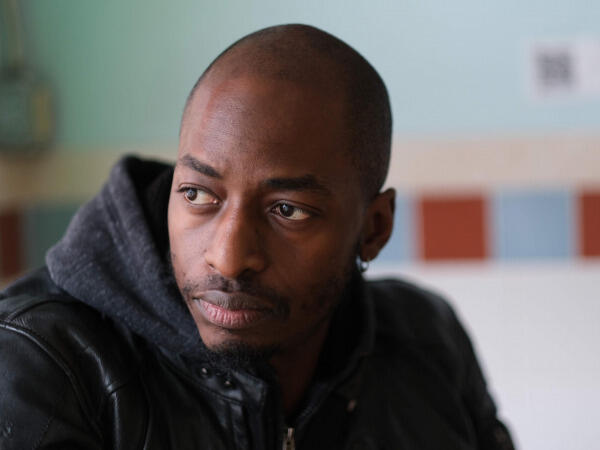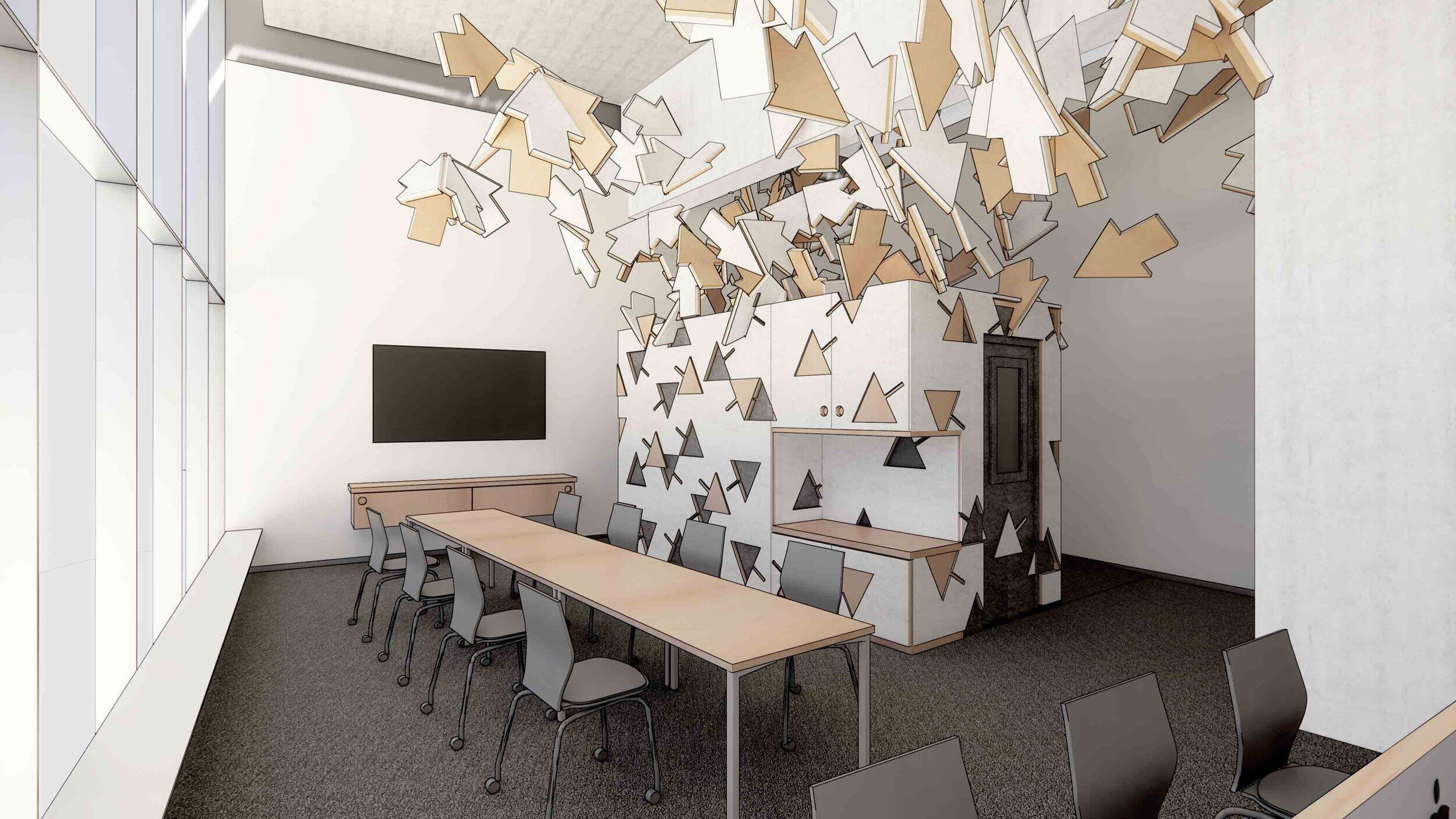
March 9, 2021
Discovering new voices at the VPM + ICA Community Media Center
Share this story
The VPM + ICA Community Media Center efficiently blends Virginia Public Media’s focus on community engagement with the Institute for Contemporary Art at VCU’s desire to be a place of creation and education.
“It’s the best merger of interests any of us could have hoped for,” said Chioke l’Anson, Ph.D., the center’s inaugural director of community media and an assistant professor of African American Studies in the VCU College of Humanities and Sciences. l’Anson is also an underwriting announcer at NPR.
The new media center, which opened virtually last fall and is scheduled to open for in-person recording this fall, will train and educate students and members of the community to become audio producers, offering podcasting workshops as well as training sessions and presentations. All content, which is currently offered online, is free to anyone with an internet connection.

“We are excited about the programming opportunities, including the Producer’s Institute, where people with existing podcast projects can connect to share work and receive guidance from media professionals, including VPM staff,” said Steve Humble, VPM’s chief content officer.
This type of center is an idea l’Anson had been batting around for almost two years before the right partners came along, he said, adding that once the ICA and VPM came on board, the process went quickly.
Dominic Willsdon, executive director of the ICA, welcomed the idea because it offered an opportunity to broaden the scope of the institute’s offerings. “This institute is a space of production, not only exhibition,” he said.
The center provides students and Richmond community members a chance to share their thoughts and opinions, l’Anson said. Prior to the creation of newer media, everyone who wanted to be in broadcasting had to pass through some kind of gatekeeper, he said. “You couldn’t walk into a radio station and say, ‘I am going to be on air and play music.’”
But thanks to podcasts and YouTube, just about anyone today can connect with an audience.
“The center will help people learn new ways of production,” l’Anson said. “Through the process we might find new voices that we need to hear.”
Presenters at the media center represent varying aspects of podcast production, from writing to mixing and mastering. Presenters will share behind-the-scenes production stories of their own podcasts. “We will also present podcasts as events for live audiences, when that's possible again,” Willsdon said.

Students add their voices
During the initial stages of the project, the ICA worked with students and faculty at the VCU Brandcenter as well as the Department of Interior Design in the VCU School of the Arts to generate design ideas for the space.
“So this has already been an education project. We are always looking for ways the ICA can be educational,” Willsdon said.
Camden Whitehead, an architect and associate professor in the Department of Interior Design, worked with his sophomore interior design studio class as well as his beginning graduate design studio class to develop proposals for the project, which were then presented to ICA staff.
“Students came up with a lot of questions about the space. We had close to 30 students design proposals,” Whitehead said.
The student proposals allowed ICA staff to question their original ideas of what the space might be and then refine their program for what the space should contain.
Whitehead then teamed with interior designer Jillian Chapin, a former student and adjunct professor in interior design, to create a workable design plan.
“We got it to a point where they wanted to proceed to get it built. Interior designer An Liu, a former student and adjunct professor, and I have worked hard with Michael Lease at the ICA to refine the space, produce construction documents and make certain that the design can work within the project budget,” Whitehead said.
The ICA’s second-floor Murry DePillars Learning Lab will house the media center, complete with two recording booths, a teaching space and workspace for conceptualizing, editing and producing podcasts and other audio programs. Construction of the space is scheduled to begin in July and be completed in time for the fall opening.
The media center will serve as an outlet to help Richmonders tell their stories and deliver stories to the rest of the world, l’Anson said.
“It will be an arts and storytelling focal point.”
Subscribe to VCU News
Subscribe to VCU News at newsletter.vcu.edu and receive a selection of stories, videos, photos, news clips and event listings in your inbox.







